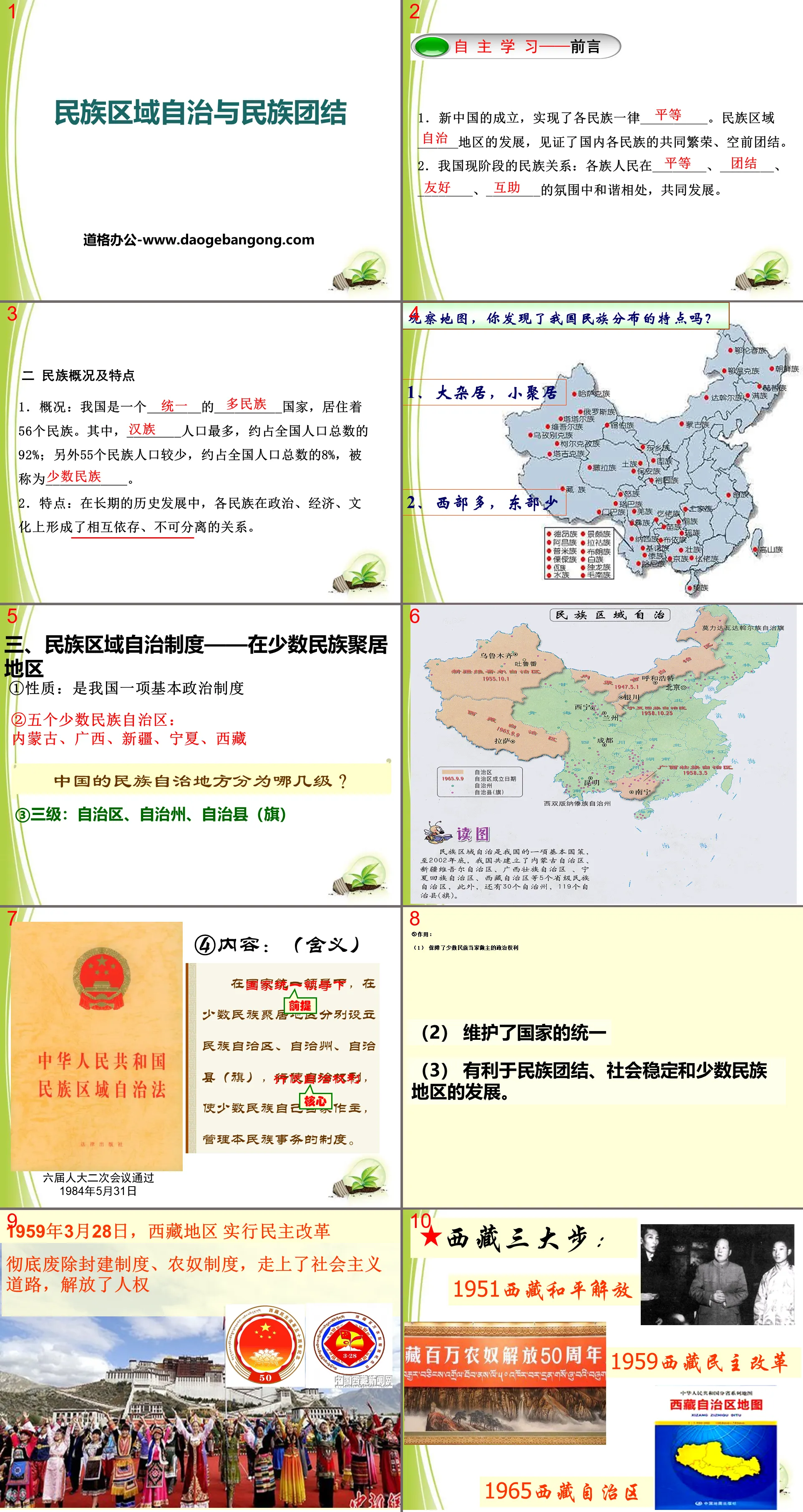The second volume of history for eighth grade compiled by the People's Education Publishing House
Zhonghua Book Company Edition Eighth Grade History Volume 2
People's Education Edition Eighth Grade History Volume 1
People's Education Press Seventh Grade History Volume 1
Zhonghua Book Company Edition Seventh Grade History Volume 2
Volume 1 of the seventh grade history compiled by the People's Education Publishing House
Yuelu Edition Seventh Grade History Volume 2
People's Education Edition History and Society 9th Grade Part II
East China Normal University Edition Seventh Grade History Volume 1
People's Education Press Seventh Grade History Volume 2
People's Education Press History and Society Grade 7
People's Education Edition Eighth Grade History Volume 2
People's Education Press Ninth Grade History Volume 2
People's Education Press History and Society Grade 9
People's Education Press History and Society for Grade 8 Volume 1
Yuelu Edition Seventh Grade History Volume 1

| Category | Format | Size |
|---|---|---|
| People's Education Edition History and Society 9th Grade Part II | pptx | 6 MB |
Description
"Regional Ethnic Autonomy and National Unity" PPT on the Construction and Reform of New China
Part One: Independent Learning - Preface
1. With the founding of New China, all ethnic groups were __________. Ethnic areas The development of ______ areas has witnessed the common prosperity and unprecedented unity of all ethnic groups in the country.
2. The current ethnic relations in our country: People of all ethnic groups live in harmony and develop together in an atmosphere of ________, ________, ________, and ________.
2. National Profile and Characteristics
1. Overview: my country is a __________________ country, home to 56 ethnic groups. Among them, ________ has the largest population, accounting for about 92% of the country's total population; the other 55 ethnic groups have smaller populations, accounting for about 8% of the country's population, and are called ____________.
2. Characteristics: In the long-term historical development, various ethnic groups have formed an interdependent and inseparable relationship in politics, economy, and culture.
Regional ethnic autonomy and ethnic unity PPT, part 2: System of regional ethnic autonomy—in areas inhabited by ethnic minorities
① Nature: It is a basic political system of our country
②Five ethnic minority autonomous regions:
Inner Mongolia, Guangxi, Xinjiang, Ningxia, Tibet
What are the levels of ethnic autonomous areas in China?
③Level three: autonomous regions, autonomous prefectures, autonomous counties (banners)
④Content: (meaning)
Under the unified leadership of the state, ethnic autonomous regions, autonomous prefectures, and autonomous counties (banners) are established in areas inhabited by ethnic minorities to exercise their autonomy rights and make ethnic minorities the masters of their own affairs and manage their own ethnic affairs.
⑤Function:
(1) Protect the political rights of ethnic minorities to be the masters of their own affairs
(2) Maintaining the unity of the country
(3) Conducive to national unity, social stability and the development of minority areas.
Regional Ethnic Autonomy and Ethnic Unity PPT, Part 3: Classroom Research
Research 1: What are the similarities and differences between ethnic autonomous regions and special administrative regions?
different:
1. The legal basis for establishment is different: the former is based on the "Common Program of the Chinese People's Political Consultative Conference"; the latter is the "Constitution of the People's Republic of China" adopted by the Fifth Session of the Fifth National People's Congress in December 1982.
2. The two solve different problems. The former was set up to solve ethnic issues; the latter was set up to properly resolve the issues of Hong Kong, Macau, and Taiwan, and to achieve the reunification of the motherland.
3. The implementation areas of the two are different. Ethnic autonomous areas are established in specific areas where ethnic minorities live together; special administrative regions are established in specific areas such as Hong Kong, Macao, and Taiwan.
4. The social systems implemented by the two are different. National autonomous regions implement socialist systems and policies; while the Hong Kong and Macao Special Administrative Regions maintain their original capitalist systems.
5. The two have different levels of autonomy. my country's ethnic autonomous areas are divided into three levels: autonomous regions, autonomous prefectures, and autonomous counties. The corresponding autonomous organs include the People's Congress and the People's Government of the autonomous regions, autonomous prefectures, and autonomous counties. They perform their duties within their respective powers and scope; while the Special Administrative Region has only one level of government and one level of political power. The Special Administrative Region government no longer has any political power units under it. It is a political power organization that directly contacts the citizens.
6. The two have different degrees of autonomy.
Ethnic autonomy organs in ethnic autonomous areas enjoy "certain autonomy". It mainly includes five aspects: legislative autonomy, flexible executive power, economic autonomy, cultural management autonomy, and other autonomy.
The high degree of autonomy enjoyed by special administrative regions is the main sign that distinguishes them from my country's ethnic regional autonomous areas. The special administrative region enjoys a high degree of autonomy, which mainly includes: ① administrative power. ②Legislative power. ③Independent judicial power and final adjudication power. ④Enjoy certain foreign affairs rights. ⑤ Other autonomous powers granted by the central government in accordance with the law.
Same: all accept the unified leadership of the state; all exercise the right of autonomy.
Regional Ethnic Autonomy and Ethnic Unity PPT, Part 4: The State’s Comprehensive Support for Ethnic Minorities
⑴Respect the customs and habits of ethnic minorities
The customs of various ethnic groups in China are rich and colorful during the New Year. For example: the Tibetan New Year and the "Sholton Festival" of the Tibetan people, the "Eid al-Fitr" and the "Aid al-Adha" of the Hui and Uyghur people, the "Nadam" of the Mongolian people, the "Water Splashing Festival" of the Dai people, the "Torch Festival" of the Yi people, etc. Ethnic minorities are free to celebrate festivals according to their own traditional customs. The state arranges holidays according to the annual customs of each ethnic minority and provides special food for the festivals.
⑵Protect the cultural heritage of ethnic minorities
The epic "Gesar", Shui Shui Shu Shui, Mongolian long-melody folk songs...
⑶ Promote the cultural and artistic undertakings of ethnic minorities
Uyghur Maqam art has been selected as UNESCO’s representative works of human oral heritage and intangible cultural heritage;
Tibetan mural art, Uyghur and Mongolian carpets and wall hangings, Buyi, Miao, Yao, Gelao and other ethnic groups' batik, Tujia, Zhuang, Dai, Li, Dong and other ethnic groups' brocade weaving skills... have not only been developed, but also It has brought good economic benefits and promoted the development of ethnic minorities.
⑷Protect and develop traditional medicine of ethnic minorities
⑸Develop traditional sports of ethnic minorities
Regional ethnic autonomy and ethnic unity PPT, Part 5: Enlightenment from historical development
When ethnic relations are harmonious, politics will be stable and the economy will develop.
Strengthening national unity and safeguarding the reunification of the motherland are the highest interests of the Chinese nation and the common aspiration of people of all ethnic groups.
National unity is the prerequisite and guarantee for national unity and prosperity
Maintaining national unity is the sacred duty and obligation of every citizen
Combining history and reality, analyze the significance of national unity to maintaining national unity?
National unity is the prerequisite and guarantee for national unity;
Strengthening national unity and safeguarding national unity are the highest interests of the Chinese nation and the common aspiration of people of all ethnic groups;
Maintaining national unity is conducive to the stability and prosperity of the country;
Conducive to the common progress and development of all ethnic groups;
It is conducive to consolidating national defense and maintaining border stability.
Keywords: free download of PPT courseware on history and society in the second volume of the ninth grade of the People's Education Press, download of regional ethnic autonomy and ethnic unity PPT, download of PPT on the construction and reform of New China, .PPT format;
For more information about the PPT courseware "Regional Ethnic Autonomy and Ethnic Unity in the Construction and Reform of New China", please click the Ethnic Regional Autonomy and Ethnic Unity in the Construction and Reform of New China ppt tag.
"The Independent Diplomacy of New China" PPT courseware on the construction and reform of New China:
"The Independent Diplomacy of New China" PPT Courseware on the Construction and Reform of New China Part One Content: Diplomacy in the Early Years of New China 1. Mao Zedong's Proposition of Three Diplomatic Policies Review what you have learned and combine it with the analysis of the international situation in the early days of the founding of New China. Mao Zedong is based on How..
"The Independent Diplomacy of New China" PPT on the Construction and Reform of New China:
"The Independent Diplomacy of New China" PPT on the Construction and Reform of New China Part One Content: Do you know? Diplomacy refers to a country's activities in international relations, such as participating in international organizations and conferences, exchanging envoys with other countries, conducting negotiations, signing treaties and...
Download the PPT "One Country, Two Systems" and the Great Cause of Reunification: The Construction and Reform of New China:
"One Country, Two Systems and the Great Cause of Unification" PPT Download on the Construction and Reform of New China Part One: The Proposition of the Concept of One Country, Two Systems 1. Who proposed it? What's the starting point? Deng Xiaoping focused on safeguarding the fundamental interests of the Chinese nation and the overall national development strategy, safeguarding the peace of the motherland...
File Info
Update Time: 2024-11-25
This template belongs to History courseware People's Education Edition History and Society 9th Grade Part II industry PPT template
"Regional Ethnic Autonomy and National Unity" PPT on the Construction and Reform of New China Simple campus recruitment activity planning plan summary enterprise and institution recruitment publicity lecture PPT template is a general PPT template for business post competition provided by the manuscript PPT, simple campus recruitment activity planning plan summary enterprise and institution recruitment promotion Lecture PPT template, you can edit and modify the text and pictures in the source file by downloading the source file. If you want more exquisite business PPT templates, you can come to grid resource. Doug resource PPT, massive PPT template slide material download, we only make high-quality PPT templates!
Tips: If you open the template and feel that it is not suitable for all your needs, you can search for related content "Regional Ethnic Autonomy and National Unity" PPT on the Construction and Reform of New China is enough.
How to use the Windows system template
Directly decompress the file and use it with office or wps
How to use the Mac system template
Directly decompress the file and use it Office or wps can be used
Related reading
For more detailed PPT-related tutorials and font tutorials, you can view: Click to see
How to create a high-quality technological sense PPT? 4 ways to share the bottom of the box
Notice
Do not download in WeChat, Zhihu, QQ, built-in browsers, please use mobile browsers to download! If you are a mobile phone user, please download it on your computer!
1. The manuscript PPT is only for study and reference, please delete it 24 hours after downloading.
2. If the resource involves your legitimate rights and interests, delete it immediately.
3. Contact information: service@daogebangong.com
"Regional Ethnic Autonomy and National Unity" PPT on the Construction and Reform of New China, due to usage restrictions, it is only for personal study and reference use. For commercial use, please go to the relevant official website for authorization.
(Personal non-commercial use refers to the use of this font to complete the display of personal works, including but not limited to the design of personal papers, resumes, etc.)
Preview










